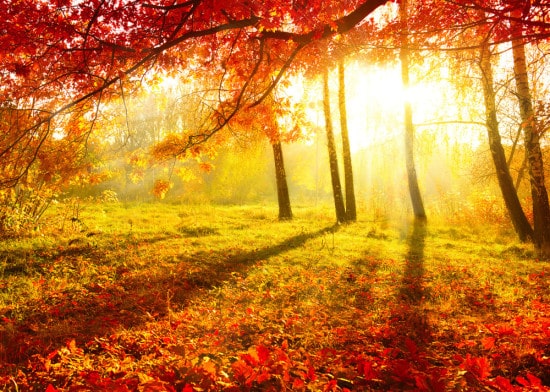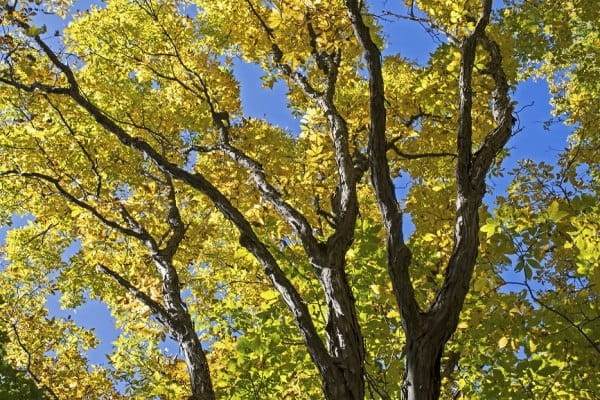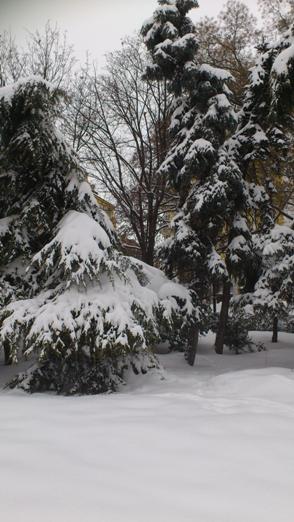How Do Trees Survive?

Most everyone is aware of the changes to a tree’s foliage through the seasons. The leaves change colours, fall off, decay, and provide nutrients to the soil, while the trees themselves seem to remain the same. What’s going on inside the tree? Let’s take a closer look.
Autumn

During autumn and winter, many chemical reactions take place to prepare and keep a tree alive during cold seasons. For deciduous trees, leaves turn colour and fall to the ground. The reason trees drop their leaves is fairly simple: it takes energy to maintain them. In the winter, there’s less sunlight to help the tree feed itself. Lacking that energy, in order to prevent “starvation,” the tree drops its leaves and relies on its roots for nutrients.
Abscisic acid is released within the tree where the leaves meet the tree branch. This acid essentially builds up until a leaf has broken off. This acid does more than just break off; it helps the rest of the tree “slow down,” ceasing growth until spring, and essentially putting the tree into a hibernation-like state.
Winter

During winter, there are a few things trees do to survive. One involves changes to the structure of their cell wall, releasing water so that it flows among the cells. Not all of the cell water is released — just enough so the cells are more flexible and can’t be pierced by any ice crystals that form during the cold months. The water also helps insulate and protect the still living cells, even when frozen.
Some thicker trees also rely on their dead cells which act as a type of “winter coat.” They help insulate them from the cold. These dead cells freeze and provide a natural barrier for the living cells within the tree.
We at Caledon Treeland would love to hear from you and talk about the shade trees we have available. Even when winter is upon us, it’s nice to dream of spring and summer. Call (905) 880-1828.
